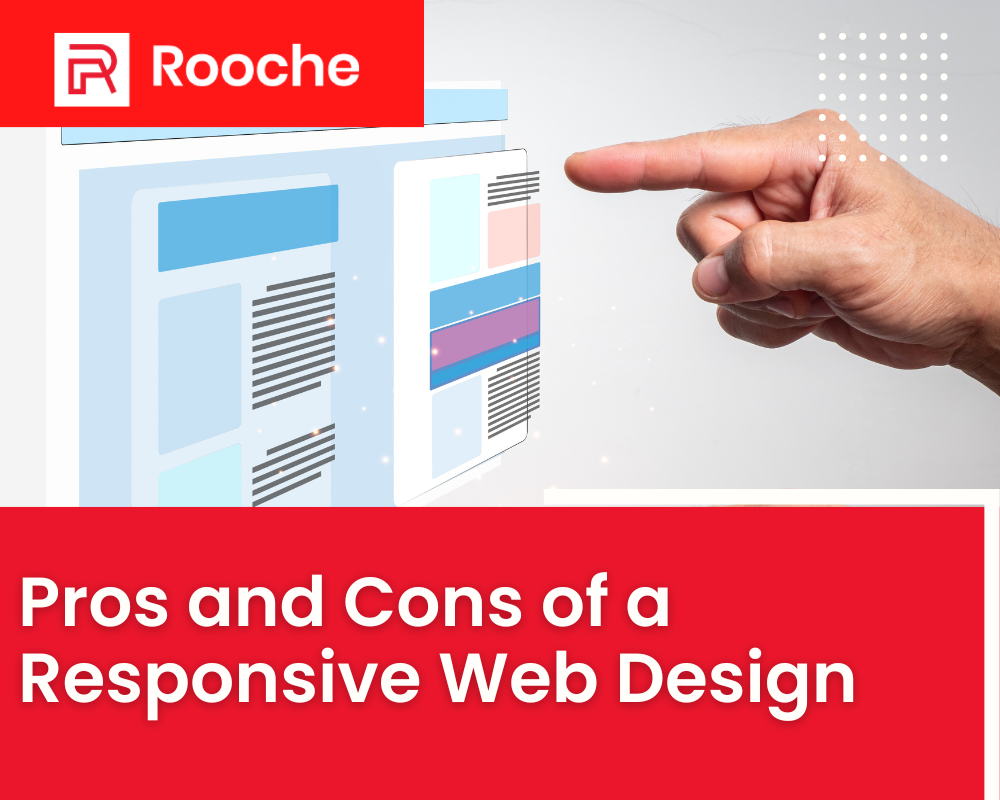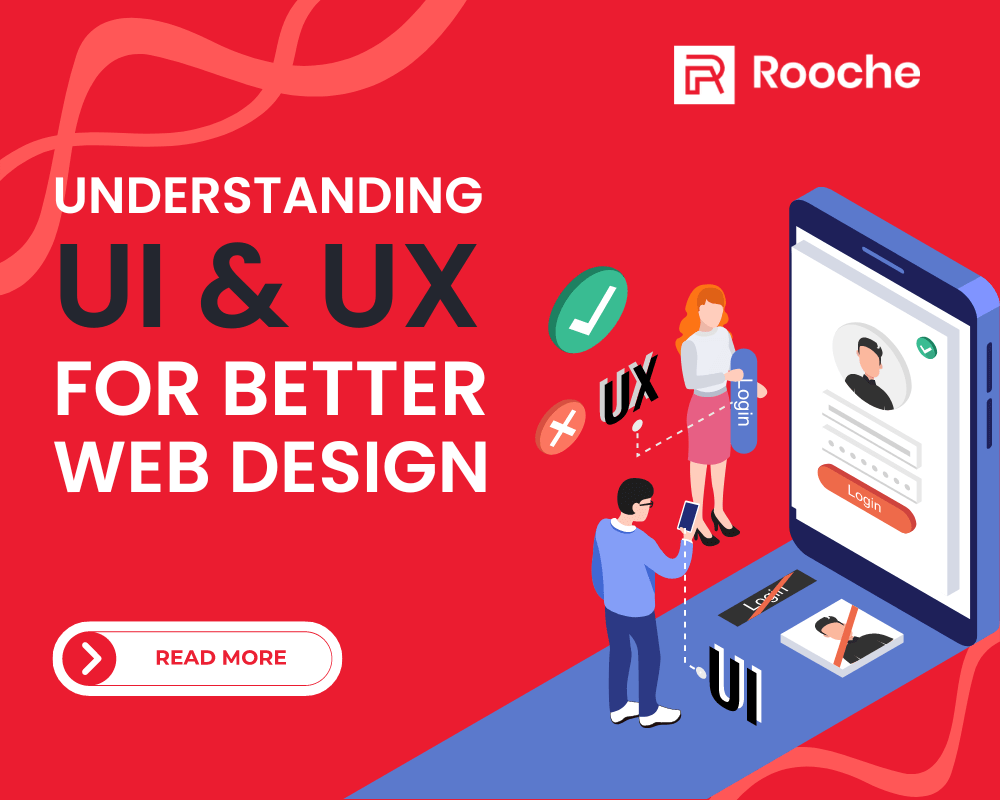What Is On-Demand Multi-Service App?
In today’s fast-paced world, convenience and efficiency are paramount. With the rise of smartphones and digital platforms, on-demand services have […]
May 22, 2023
Mar 21, 2023

Responsive web design is a web design approach that aims to create websites that can adapt to different screen sizes, resolutions, and devices. With the rise of mobile devices and the proliferation of different screen sizes, responsive design has become an essential tool for web developers. While responsive web design has many benefits, it also has some drawbacks that need to be considered. In this blog post, we will explore the pros and cons of responsive web design.
Responsive web design is an approach to web design that aims to create websites that can adapt to different screen sizes, resolutions, and devices. It involves creating a single website that can be accessed on desktop computers, laptops, tablets, and mobile devices, with a layout that adjusts to fit the screen size and resolution of each device.
It uses a combination of flexible grid systems, CSS media queries, and other design techniques to ensure that the website’s layout and content are optimized for each device. This means that users can access the same content and functionality regardless of the device they are using, and that the website is easy to use and navigate on all devices.
Responsive web design is important because of the increasing number of devices with different screen sizes and resolutions. With more and more people accessing the internet on mobile devices, it is essential to ensure that websites are designed to provide the best user experience regardless of the device being used. Responsive web design also helps with search engine optimization (SEO) because it provides a better user experience, is easier to crawl, and has a single URL that makes it easier to index and rank the site.
Responsive web design has become a popular approach to web design, and for good reason. It offers many benefits, including improved user experience, better SEO, and cost-effectiveness. However, it also has some drawbacks, including longer load times, complexity, content and design limitations, and compatibility issues. As with any web design approach, it is essential to weigh the pros and cons carefully and choose the approach that best suits your needs and goals.

In today’s fast-paced world, convenience and efficiency are paramount. With the rise of smartphones and digital platforms, on-demand services have […]
May 22, 2023

When you have a great idea and want to turn it into a mobile app, you need to know how […]
Dec 8, 2022

If you own a website or want to build one, it’s important to understand UX and UI. UX is user […]
Dec 8, 2022
Join our newsletter and be the first to receive future promo and sale updates from Rooche!